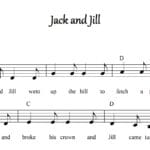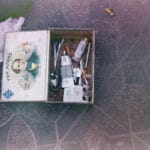The name “Jack the Ripper” conjures images of fog-shrouded London streets and a reign of terror that gripped the Whitechapel district in 1888. But beyond the macabre, the faces of Jack the Ripper’s victims reveal lives tragically cut short in the shadows of Whitechapel. This article delves into the limited photographic evidence surrounding the victims, separating fact from fiction while striving to humanize the women whose lives were brutally extinguished.
The Elusive Images: A Scarcity of Visual Evidence
The stark reality of Victorian-era crime scene photography presents a chilling paradox: in an age where photography was emerging, documented visual evidence of these infamous murders is remarkably limited. Only one verified photo exists: a postmortem image of Mary Jane Kelly, the Ripper’s final victim. This grim photograph, available on websites like Casebook.org (viewer discretion advised), serves as a testament to the brutality of the crimes and the nascent state of forensic science in 1888. It highlights the limitations of the era’s investigative techniques, raising questions about what could have been captured and preserved with more advanced methods.
Many images circulating online purport to depict the other victims—Mary Ann Nichols, Annie Chapman, Elizabeth Stride, and Catherine Eddowes—but these are often misrepresentations. Some feature unrelated women from the period, actresses, or even later artistic interpretations. This misinformation not only muddies the historical record but also risks exploiting the victims and sensationalizing their tragic fates. Debunking the Myths is crucial for a responsible and respectful understanding of these events.
Visualizing Whitechapel: Contextualizing the Victims’ World
While confirmed likenesses of the other victims remain elusive, archival photos of Whitechapel offer a valuable glimpse into their world. These images transport us to the late 19th century, revealing the environment these women inhabited—a world of abject poverty, cramped living conditions, and dimly lit alleyways. These visual records offer a visceral understanding of their circumstances, echoing the powerful photojournalism of Jacob Riis’s “How the Other Half Lives,” which exposed the squalor of New York City’s slums. The similarities between Whitechapel and other impoverished urban areas of the time underscore the vulnerability faced by marginalized communities.
These contextual photographs, while not showing the victims directly, paint a powerful backdrop against which their stories unfold. They allow us to imagine their daily struggles, fostering a deeper appreciation for the precariousness of their lives. Exploring the Lives Lost helps us remember these women as individuals, not just victims.
Exploring the Lives Lost: Remembering the Women Beyond the Ripper
It’s crucial to remember that these women were more than just victims. They had lives, stories, and loved ones. The Ripper’s notoriety often overshadows their individual tragedies, reducing them to mere names on a police blotter. Through diligent historical research, using resources like census records, police reports, and newspaper accounts, we can piece together fragments of their lives. We can learn about Mary Ann Nichols’s struggles, Annie Chapman’s gentle nature, and Elizabeth Stride’s efforts to escape a difficult life.
This painstaking process is akin to assembling a historical jigsaw puzzle with missing pieces. Each detail, gleaned from primary sources, adds another layer to their stories, reminding us of their humanity and individual struggles. The Elusive Images may not reveal their faces clearly, but these archival records offer a different kind of portrait, one that speaks to their resilience and the hardships they faced.
Delve into the chilling visual documentation of the Ed Gein crime scene photos and uncover the unsettling reality of Gein’s gruesome acts. Examine the disturbing Ed Gein crime scene images that offer a glimpse into the mind of one of history’s most notorious killers. These cases, while different in nature, offer a comparative perspective on the evolving role of photography in documenting crime.
Debunking the Myths: Separating Fact from Fiction
The enduring mystery surrounding Jack the Ripper has spawned numerous myths and misconceptions. Some experts suggest that certain details may never be fully known, while ongoing research continues to shed light on others. It’s important to approach this topic with cautious language, acknowledging the complexities and uncertainties inherent in historical investigations. Phrases like “likely,” “probably,” and “suggests” help convey the tentative nature of some conclusions.
Addressing the myths surrounding the Ripper case is vital. For example, the “Ripper letters” are often cited as evidence, but their authenticity remains highly debated. Similarly, various individuals have been put forward as potential suspects over the years, but none have been definitively linked to the crimes. The ongoing fascination with the case speaks to our desire to understand the motivations behind such horrific acts, but it’s crucial to separate fact from fiction.
This dedication to accuracy and a nuanced understanding of the historical record is essential for honoring the victims and ensuring they are remembered as individuals, not just as figures in a macabre tale. By acknowledging the limitations of our knowledge and engaging with the complexities of the case, we can contribute to a more responsible and respectful exploration of this dark chapter in history.
- 1 Liter to Fluid Ounces: Easy Conversion Guide - April 9, 2025
- Unlock what is the seventh month: A Cross-Cultural Calendar Guide - April 9, 2025
- Discover White Fruits: Ultimate Guide to Taste & Nutrition - April 8, 2025
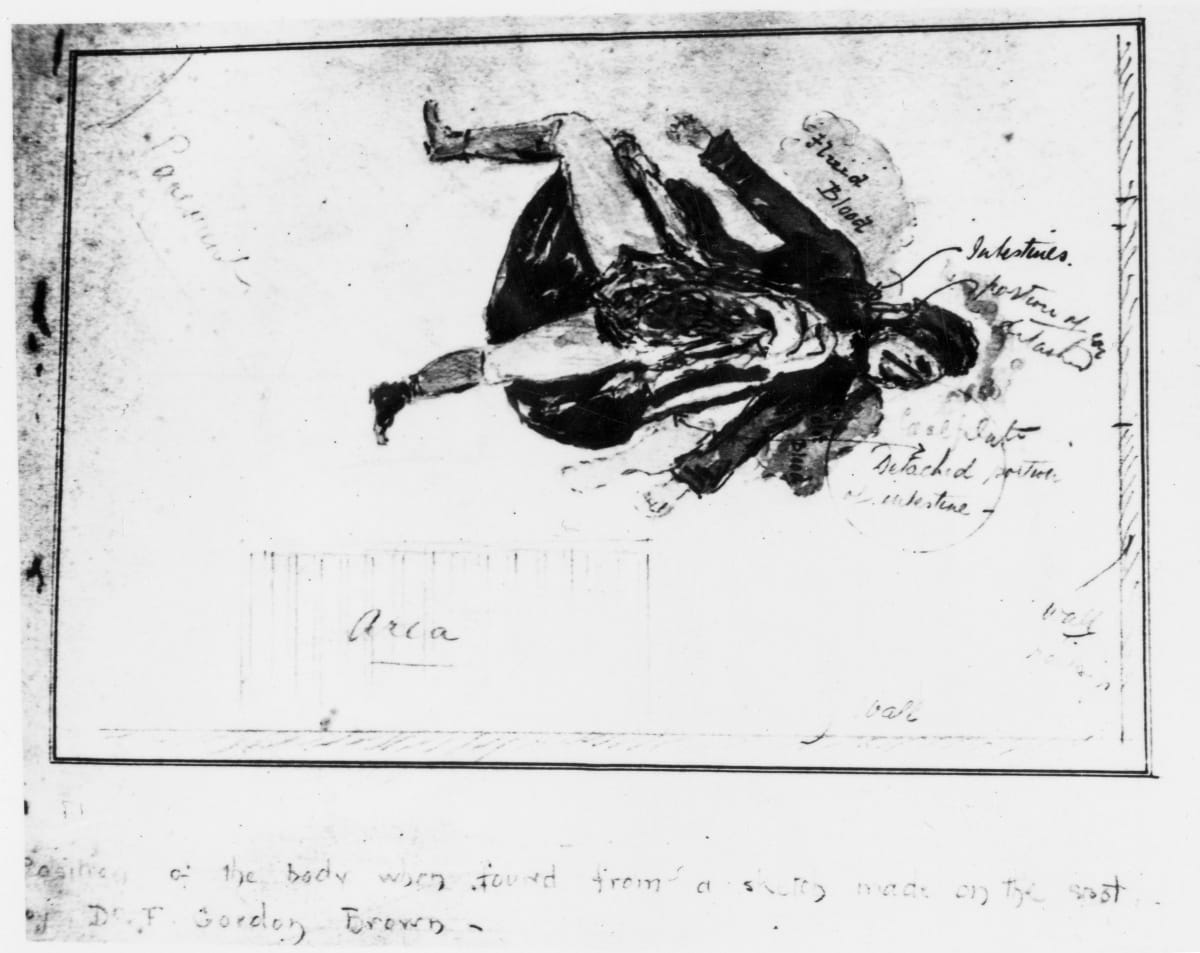
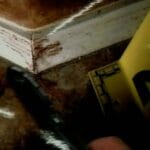
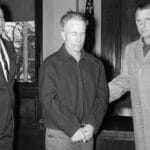
![Ed Gein's House of Horrors: Rare Crime Scene Photos and the Disturbing Truth Ed Gein [Misc.]](https://www.lolaapp.com/wp-content/uploads/2024/11/ed_gein_crime_scene_photos-150x150.jpg)
